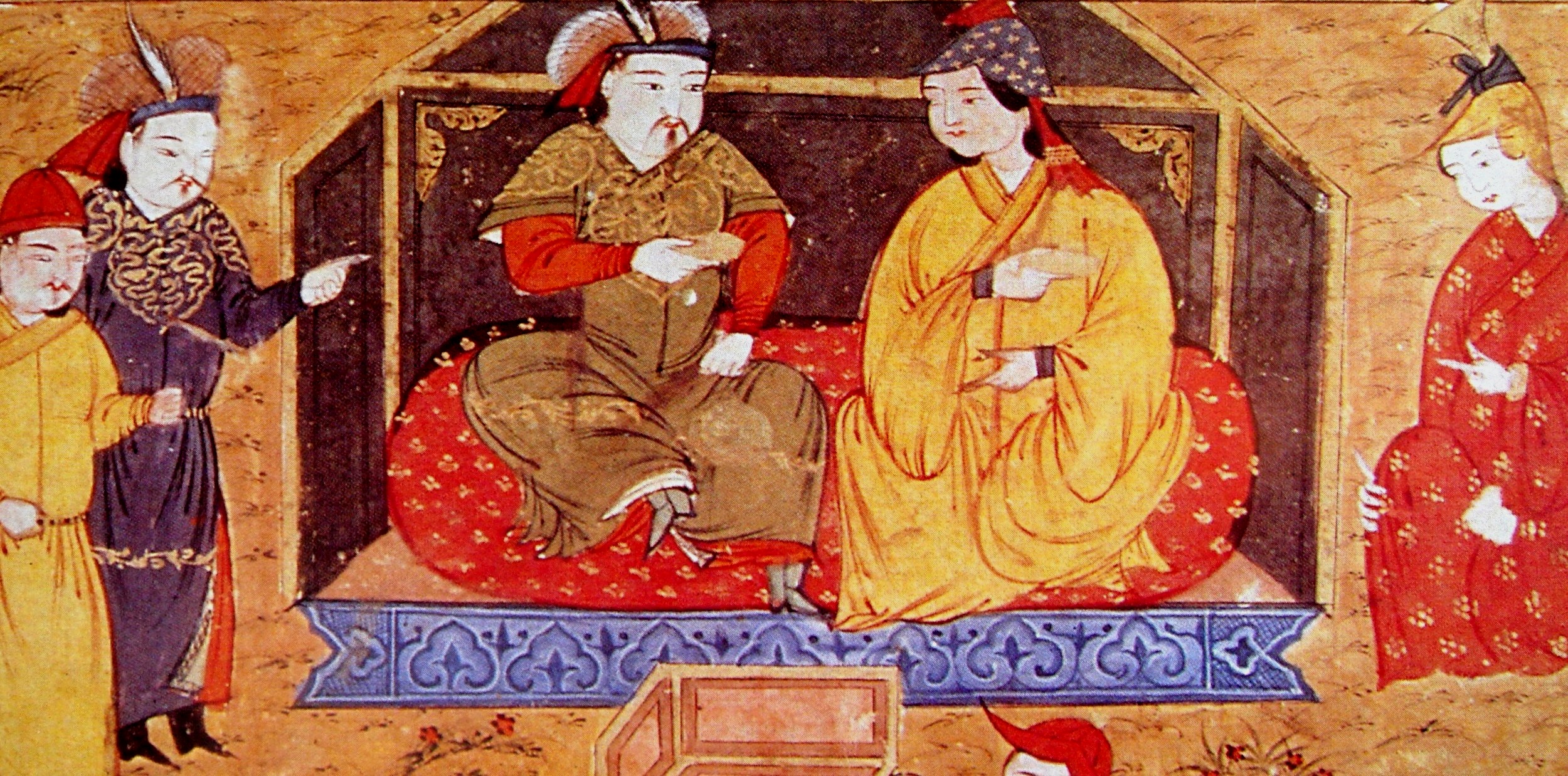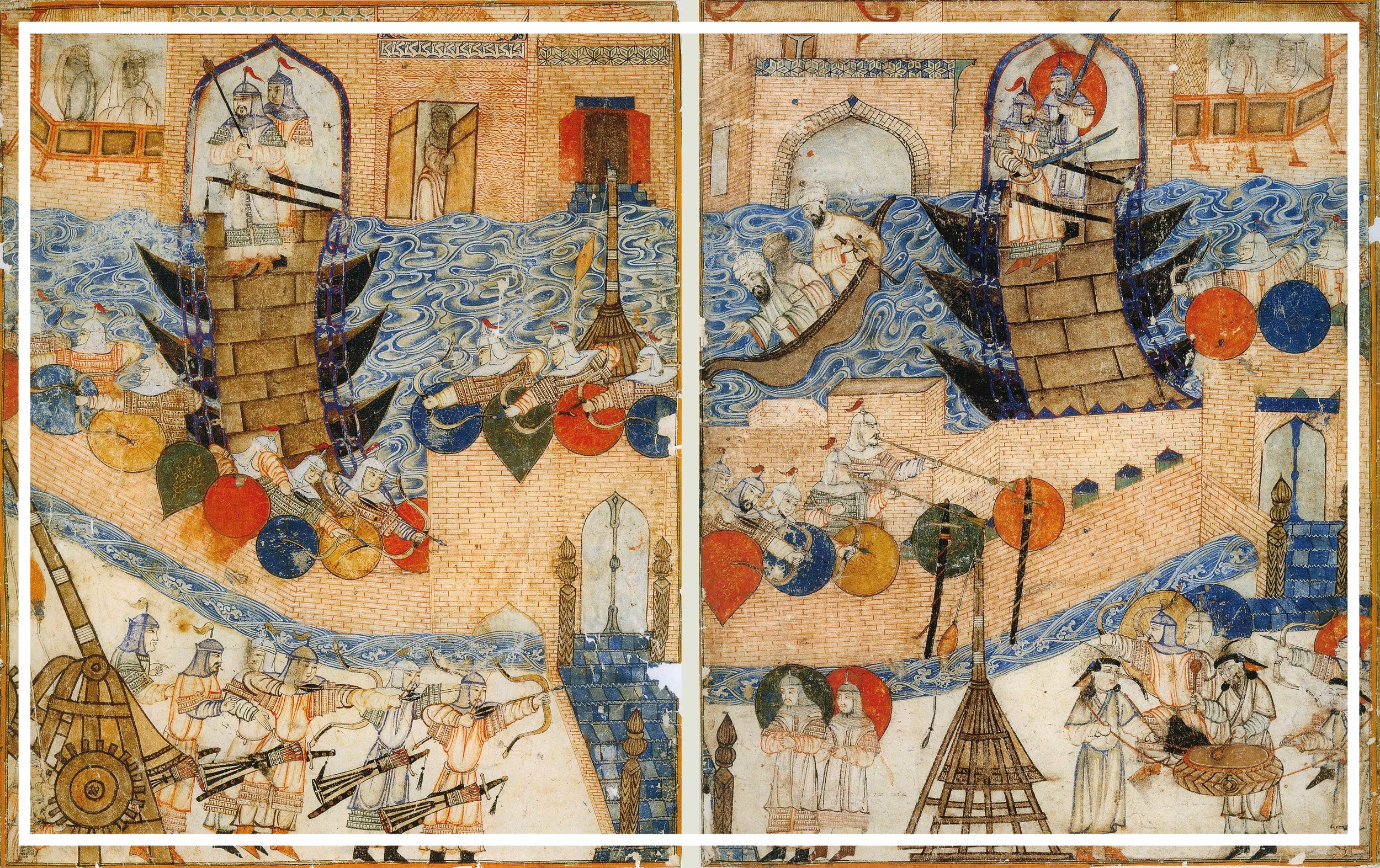Marco Polo's story of "Zipangu," the secluded island kingdom, abundant with gold, and Kublai Khan's attempt to take it all, is the subject of this episode. I talk about the two Mongol invasions of Japan and how their story has reached us.
It's all about the invasions of 1274 and 1281, Kamakura-era Japan with its Hojo dominated shogunate, the Yuan emperor and his Korean vassals, the kamikaze, a song carved in stone at the Hakozaki shrine and a wall at Hakata Bay, the Sakoku Edict, Commodore Matthew Perry, the scrolls of Takezaki Suenaga, and the work of Torao Mozai and others. Enjoy!
(MP3)
If you like what you hear, my Patreon is here, my Ko-fi is here, and Paypal is here.
Sources:
The Travels of Marco Polo, the Venetian, translated by William Marsden, edited by Thomas Wright. George Bell & Sons, 1907.
The Travels of Marco Polo: The Complete Yule-Cordier Edition, translated by Henry Yule and revised by Henri Cordier. Courier Corporation, 1993.
Chase, Kenneth W. "Mongol Intentions Towards Japan in 1266: Evidence from a Mongol Letter to the Sung." Sino-Japanese Studies 9, no. 2 (1997).
Conlan, Thomas D. In Little Need of Divine Intervention: Takezaki Suenaga's Scrolls of the Mongol Invasions of Japan. Cornell University (2010).
Delgado, James P. Adventures of a Sea Hunter: In Search of Famous Shipwrecks. Douglas & McIntyre, 2004.
Delgado, James P. Khubilai Khan's Lost Fleet: In Search of a Legendary Armaga. Douglas & McIntyre, 2008.
Delgado, James P. "Relics of the Kamikaze," Archaeology. 56, no. 1 (January/February, 2003).
Larner, John. Marco Polo and the Discovery of the World. Yale University Press, 1999.
Mass, Jeffrey P., ed. Court and Bakufu in Japan: Essays in Kamakura History. Stanford University Press (1995).
Olschki, Leonardo. Marco Polo's Asia. University of California Press, 1960.
Rossabi, Morris. Khubilai Khan: His Life and Times. University of California Press, 1988.
Sasaki, Randall J. The Origins of the Lost Fleet of the Mongol Empire. Texas A & M University Press, 2015.
Yamada, Nakaba. Ghenko, the Mongol Invasion of Japan. London, Smith, Elder, 1916.










